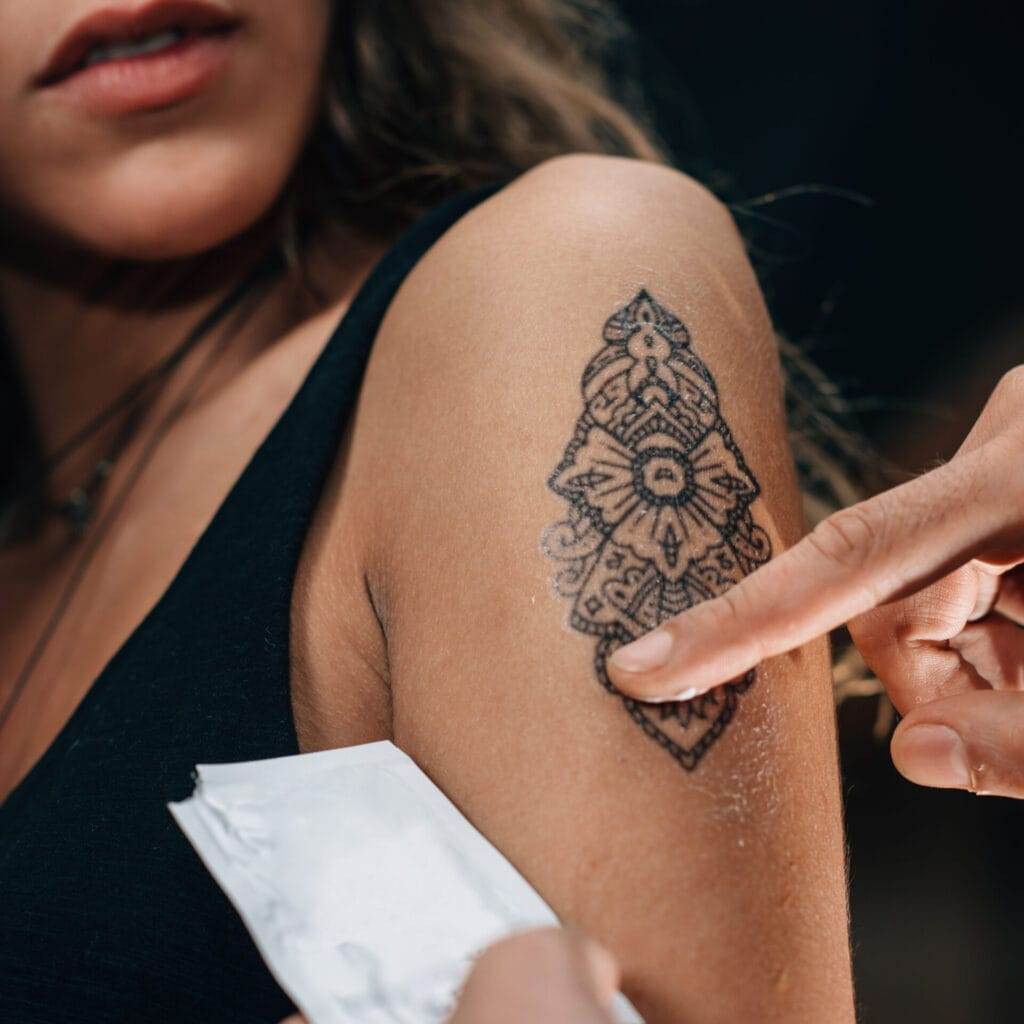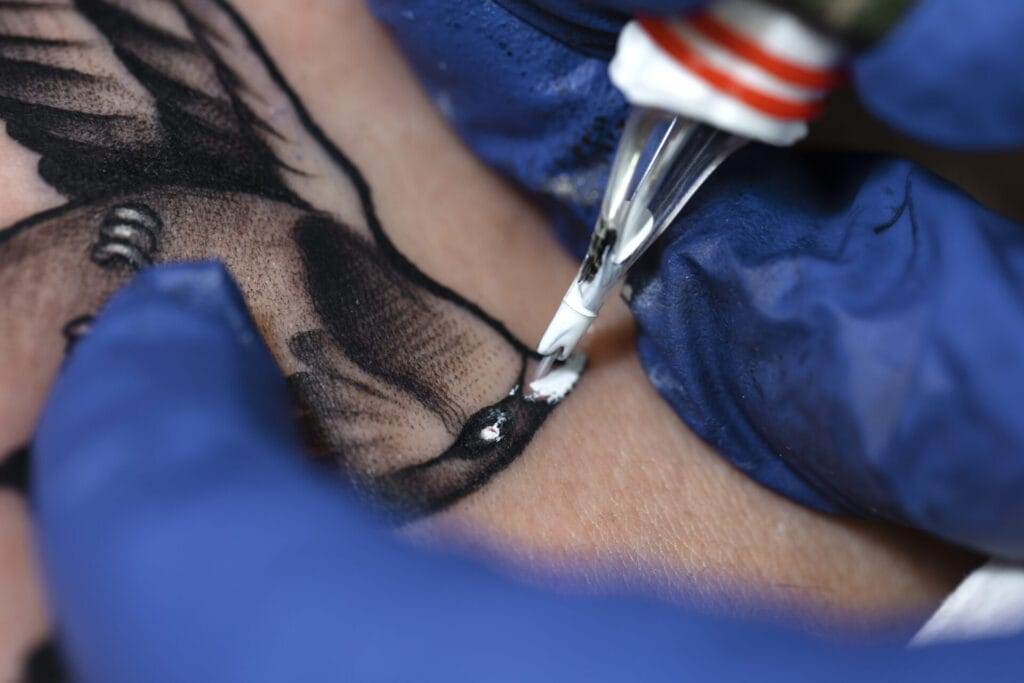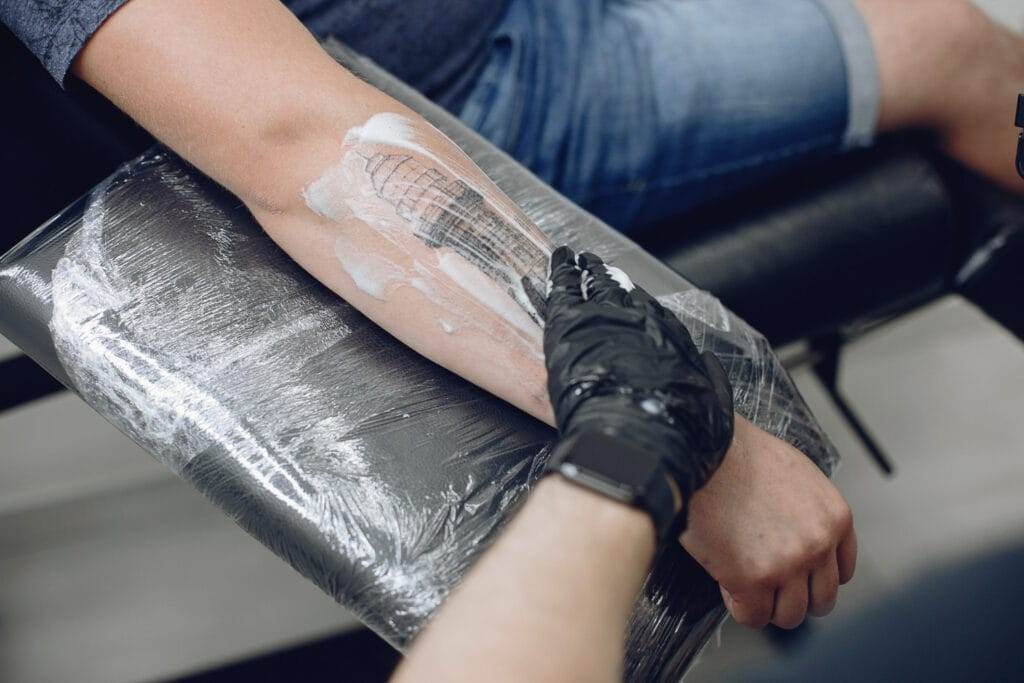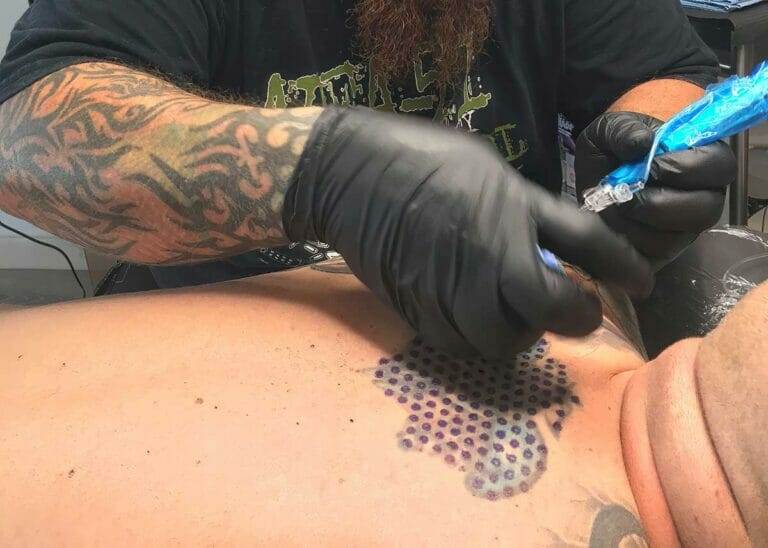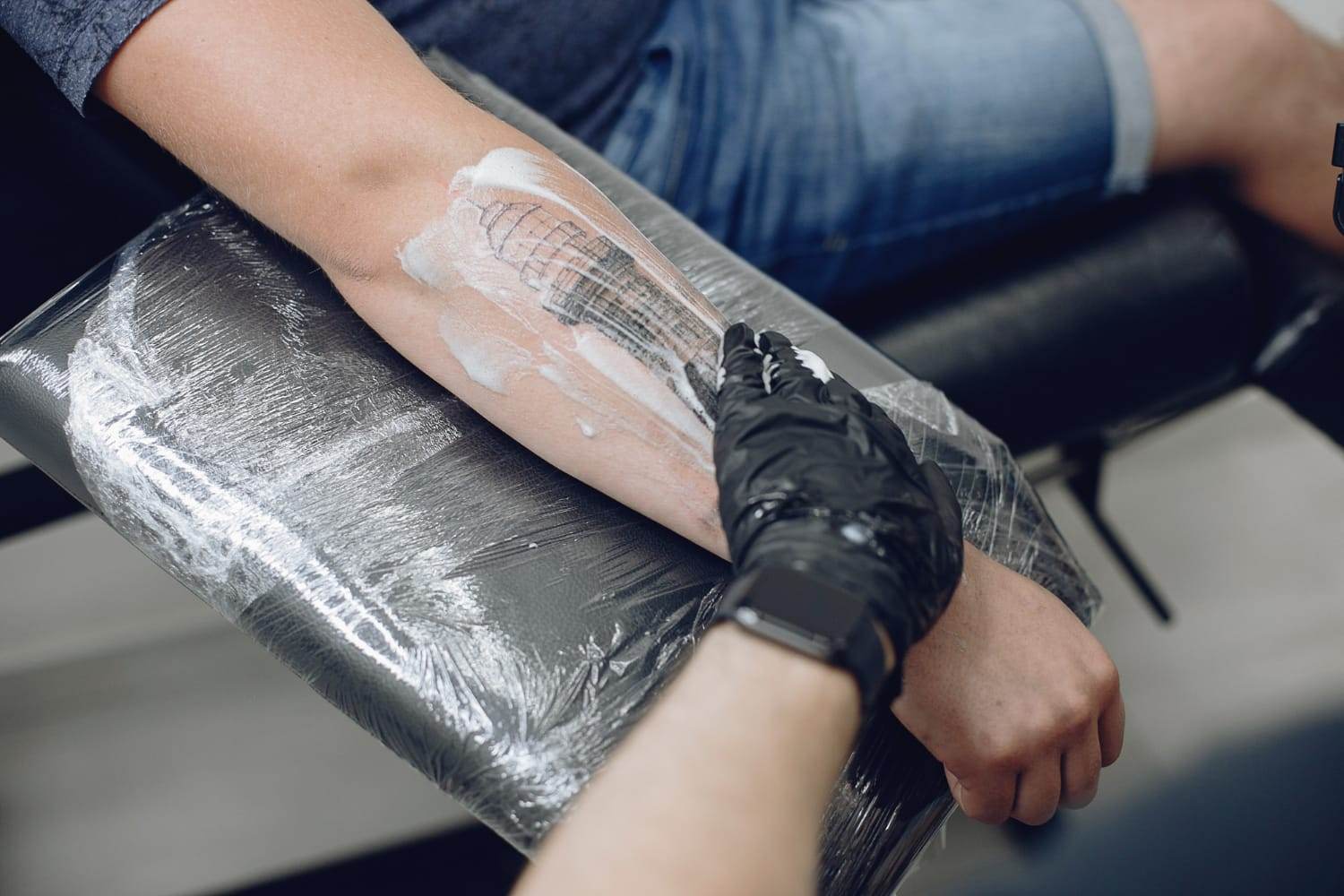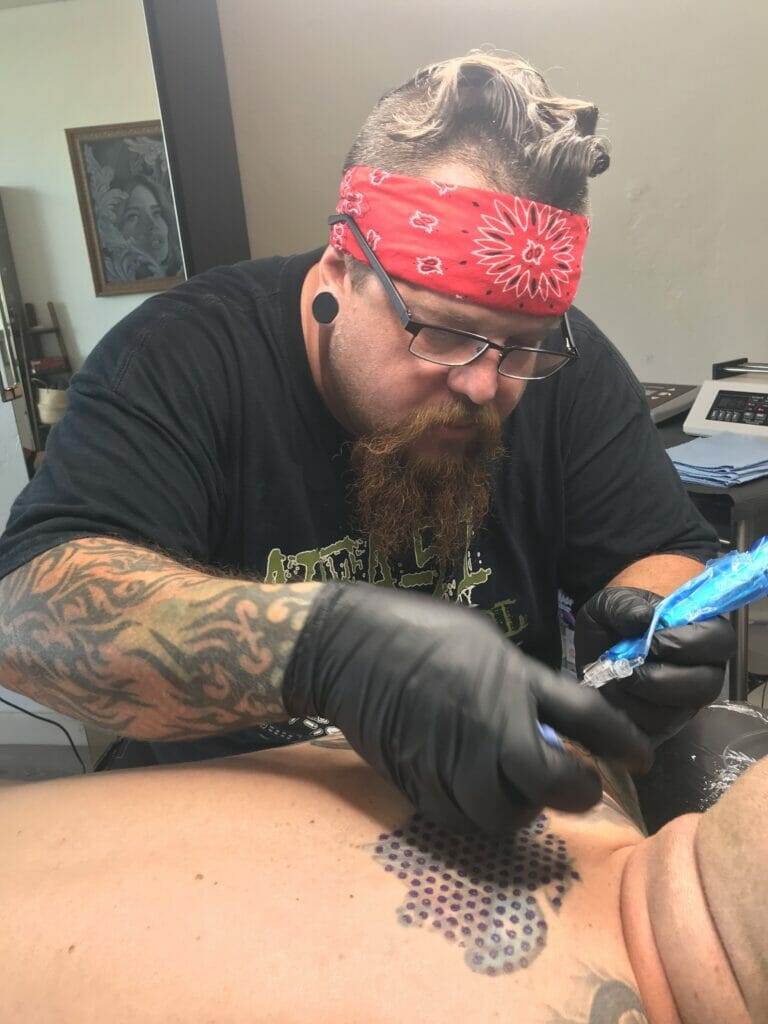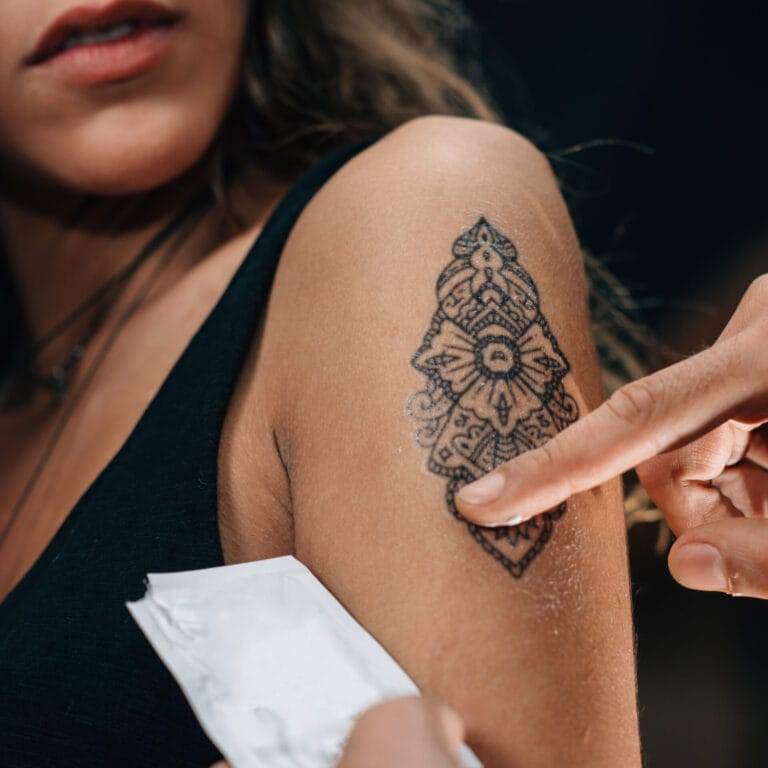Tattoo removal can be a daunting process, both physically and emotionally. It’s important to prioritize comfort during this procedure to ensure a successful outcome. Comfort plays a crucial role in managing pain and anxiety, allowing the individual to undergo the tattoo removal process with ease. In this blog post, we will explore various techniques and strategies that can help maximize comfort during tattoo removal.
Preparing for Your Tattoo Removal: What to Expect
Before diving into the different techniques for maximizing comfort during tattoo removal, it’s important to understand what to expect during the process. Tattoo removal typically involves multiple treatment sessions, spaced several weeks apart. During the initial consultation, the tattoo removal specialist will assess your tattoo and discuss the treatment plan with you.
During the treatment sessions, a laser is used to break down the ink particles in your skin. This process can cause some discomfort, similar to the feeling of a rubber band snapping against your skin. However, the level of pain varies depending on factors such as the size and location of the tattoo, as well as your pain tolerance.
To prepare for your tattoo removal appointment, it’s important to follow any instructions provided by your tattoo removal specialist. This may include avoiding sun exposure, shaving the area being treated, and avoiding certain medications or skincare products. By following these instructions, you can ensure that your skin is in optimal condition for the tattoo removal process.
Choosing the Right Tattoo Removal Clinic: Factors to Consider
Choosing the right tattoo removal clinic is crucial for ensuring a comfortable experience. There are several factors to consider when making this decision. First and foremost, it’s important to choose a clinic that specializes in tattoo removal and has experienced professionals who are knowledgeable about the process.
When researching different clinics, it’s important to ask questions about their experience, qualifications, and success rates. You can also ask for before and after photos of previous clients to get an idea of the results they have achieved. Additionally, reading online reviews and testimonials can provide valuable insights into the quality of service provided by the clinic.
Comparing different clinics is also important to ensure you find one that fits your needs and budget. Consider factors such as the cost per session, the location of the clinic, and the availability of financing options. By taking the time to research and compare different clinics, you can make an informed decision and choose a clinic that prioritizes your comfort.
The Role of Topical Anesthetics in Tattoo Removal
Topical anesthetics play a crucial role in maximizing comfort during tattoo removal. These are numbing creams or gels that are applied to the skin before the tattoo removal process begins. Topical anesthetics work by numbing the skin and reducing pain sensations.
There are different types of topical anesthetics used in tattoo removal, including lidocaine and prilocaine. These numbing agents are typically applied to the skin and covered with a plastic wrap for a certain period of time before the tattoo removal procedure begins. The length of time may vary depending on the specific product being used.
Using topical anesthetics can significantly reduce discomfort during tattoo removal. However, it’s important to note that they may not completely eliminate all sensations. It’s also important to follow the instructions provided by your tattoo removal specialist when using topical anesthetics to ensure their effectiveness.
Pain Management Techniques: From Ice Packs to Local Anesthesia
In addition to topical anesthetics, there are various pain management techniques that can be used during tattoo removal. One common technique is the use of ice packs or cold compresses. Applying ice packs to the treated area before and after the procedure can help numb the skin and reduce pain and swelling.
Another pain management technique is the use of numbing creams or gels that contain lidocaine or prilocaine. These creams are applied directly to the skin and provide temporary relief from pain and discomfort.
In some cases, local anesthesia may be used during tattoo removal. This involves injecting a numbing agent into the skin to block pain signals. Local anesthesia is typically used for larger tattoos or areas that are particularly sensitive.
Each pain management technique has its own benefits and drawbacks. Ice packs and numbing creams are non-invasive and can be easily applied at home. However, their effectiveness may vary depending on the individual and the specific tattoo being treated. Local anesthesia, on the other hand, provides more comprehensive pain relief but requires a trained professional to administer it.
The Benefits of Distraction Techniques During Tattoo Removal
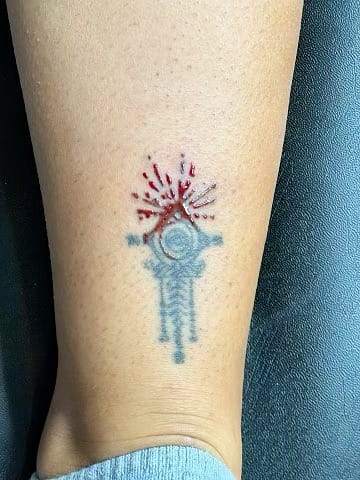
Distraction techniques can be highly effective in managing discomfort during tattoo removal. These techniques involve diverting the individual’s attention away from the pain and focusing on something else. This can help reduce anxiety and make the tattoo removal process more comfortable.
There are various distraction techniques that can be used during tattoo removal. One common technique is engaging in conversation with the tattoo removal specialist or bringing a friend along for support. Talking or listening to someone can help take your mind off the discomfort and make the process more bearable.
Another distraction technique is watching a movie or TV show during the procedure. Many tattoo removal clinics have TVs or screens that you can watch while undergoing treatment. This can help distract you from the pain and make the time pass more quickly.
The benefits of distraction techniques are twofold. Not only do they help manage discomfort during tattoo removal, but they also provide a sense of control and empowerment. By actively engaging in conversation or watching something, you are taking an active role in your own comfort and well-being.
Mindfulness and Relaxation Techniques for Pain Management
Mindfulness and relaxation techniques can be powerful tools for managing pain and discomfort during tattoo removal. These techniques involve focusing on the present moment and cultivating a sense of calm and relaxation.
One mindfulness technique that can be used during tattoo removal is deep breathing. Taking slow, deep breaths can help relax the body and reduce anxiety. You can also try visualizing a peaceful scene or repeating a calming mantra to help distract from the discomfort.
Relaxation techniques such as progressive muscle relaxation can also be effective in managing pain. This involves tensing and then relaxing different muscle groups in the body, starting from the toes and working your way up to the head. This can help release tension and promote relaxation.
The benefits of mindfulness and relaxation techniques extend beyond the tattoo removal process. These techniques can be used in various aspects of life to manage stress and promote overall well-being. By incorporating these techniques into your tattoo removal journey, you can enhance your comfort and make the process more enjoyable.
The Role of Music and Audio Books in Tattoo Removal Comfort
Music and audio books can play a significant role in maximizing comfort during tattoo removal. Listening to music or an audio book can help distract from the pain and create a more pleasant environment during the procedure.
Music has been shown to have a powerful impact on mood and emotions. By listening to your favorite songs or calming music, you can create a soothing atmosphere that helps reduce anxiety and discomfort. Many tattoo removal clinics allow clients to bring their own music or provide headphones with pre-selected playlists.
Audio books are another great option for distraction during tattoo removal. Engaging in a captivating story or informative book can help take your mind off the discomfort and make the time pass more quickly. You can choose an audio book that aligns with your interests or opt for something light-hearted and entertaining.
The benefits of music and audio books extend beyond distraction. They can also provide a sense of comfort and familiarity, creating a more relaxed environment during the tattoo removal process.
Tips for Managing Discomfort After Your Tattoo Removal Session
After your tattoo removal session, it’s common to experience some discomfort. This can include redness, swelling, and a sensation similar to a sunburn. However, there are several tips you can follow to manage this discomfort and promote healing.
First and foremost, it’s important to follow the aftercare instructions provided by your tattoo removal specialist. This may include applying a cold compress to the treated area, avoiding sun exposure, and keeping the area clean and moisturized.
Over-the-counter pain relievers such as ibuprofen or acetaminophen can also help manage discomfort. However, it’s important to consult with your healthcare provider before taking any medication.
It’s also important to avoid picking at scabs or blisters that may form after the tattoo removal session. This can increase the risk of infection and prolong the healing process. Instead, allow the scabs to heal naturally and keep the area clean and moisturized.
If you experience severe pain, excessive swelling, or signs of infection such as pus or fever, it’s important to seek medical attention. These may be signs of a complication and should be addressed by a healthcare professional.
The Importance of Proper Aftercare for Comfortable Healing
Proper aftercare is crucial for comfortable healing after tattoo removal. Following the aftercare instructions provided by your tattoo removal specialist can help minimize discomfort and promote optimal healing.
One important aspect of aftercare is keeping the treated area clean and moisturized. This helps prevent infection and promotes healing. Your tattoo removal specialist may recommend using a gentle cleanser and applying an antibiotic ointment or moisturizer to the area.
It’s also important to avoid sun exposure during the healing process. UV rays can cause damage to the skin and slow down the healing process. If you need to go outside, make sure to apply sunscreen with a high SPF and cover the treated area with clothing or a bandage.
Additionally, it’s important to avoid activities that may irritate the treated area, such as swimming in pools or hot tubs, excessive sweating, or wearing tight clothing. These activities can increase the risk of infection and prolong the healing process.
By following these aftercare tips, you can ensure a comfortable healing process and minimize any discomfort or complications.
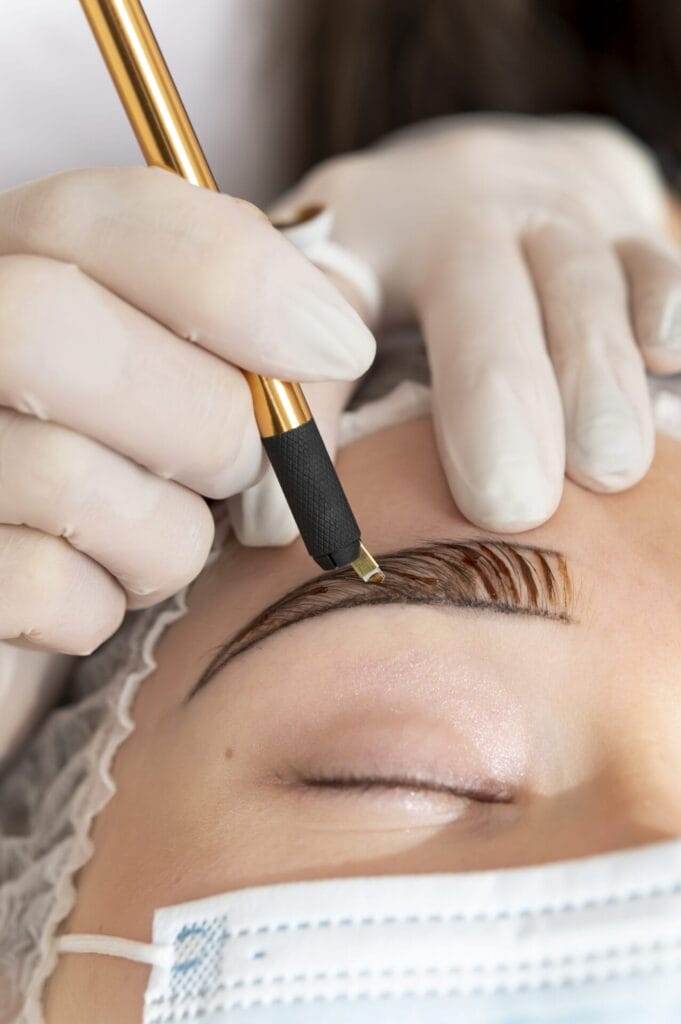
Maximizing Comfort During Your Tattoo Removal for a Successful Outcome
In conclusion, comfort plays a crucial role in maximizing the success of your tattoo removal journey. By prioritizing comfort and utilizing various techniques and strategies, you can make the process more bearable and achieve optimal results.
From choosing the right tattoo removal clinic to utilizing pain management techniques such as topical anesthetics and distraction techniques, there are numerous ways to enhance comfort during tattoo removal. Mindfulness and relaxation techniques, as well as the use of music and audio books, can also contribute to a more comfortable experience.
Proper aftercare is equally important for comfortable healing. By following the aftercare instructions provided by your tattoo removal specialist, you can minimize discomfort and promote optimal healing.
Remember, everyone’s experience with tattoo removal is unique, and what works for one person may not work for another. It’s important to find the techniques and strategies that work best for you and prioritize your comfort throughout the process. By doing so, you can achieve a successful outcome and say goodbye to your unwanted tattoo with ease.

